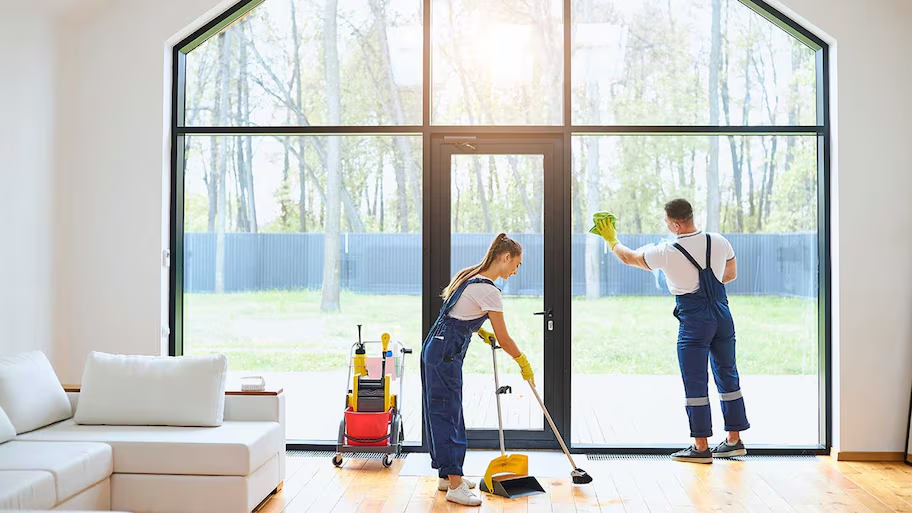
Get matched with top rototilling pros in Pine City, MN
Enter your ZIP and get matched with up to 5 pros
Need a pro for your rototilling project in Pine City, MN?
Find Rototilling pros in Pine City

Precision Property Maintenance
Precision Property Maintenance
We are committed to excellence in every aspect of our business. We uphold a standard of integrity bound by fairness, honesty, and personal responsibility. Our distinction is the quality of service we bring to our customers. Accurate knowledge of our trade, combined with ability, is what makes us true professionals. Above all, we are watchful of our customers' interests, and make their concerns the basis of our business.
"Very easy to work with. No surprises Priced fairly."
Gary J on March 2025
We are committed to excellence in every aspect of our business. We uphold a standard of integrity bound by fairness, honesty, and personal responsibility. Our distinction is the quality of service we bring to our customers. Accurate knowledge of our trade, combined with ability, is what makes us true professionals. Above all, we are watchful of our customers' interests, and make their concerns the basis of our business.
"Very easy to work with. No surprises Priced fairly."
Gary J on March 2025
Richards Forestry
Richards Forestry
TREE SREVICE -PESTICIDE APPLICATOR-EXCAVATING-BOBCAT WORK-PONDS-AND WATER FALLS-YARD SERVICE DOCK SERVICE SHORELINE RESTORATION-RIP-RAP RETAINING WALLS BOULDER WALLS TRUCKING
TREE SREVICE -PESTICIDE APPLICATOR-EXCAVATING-BOBCAT WORK-PONDS-AND WATER FALLS-YARD SERVICE DOCK SERVICE SHORELINE RESTORATION-RIP-RAP RETAINING WALLS BOULDER WALLS TRUCKING
The homeowners guide to home care is here
From average costs to expert advice, get all the answers you need to get your job done.

Call in the professionals when your delicate drapes need a deep clean. Let's take a look at drapery cleaning costs and which factors can sway the price tag.

Planning ahead helps ensure an efficient, budget-friendly move. Learn how much move-out cleaning services cost based on factors like home type and size.

Hiring a house cleaner frees up your schedule and keeps your home spotless. The cost to hire a house cleaner depends on the size of your house, your schedule, and who you hire. Use this guide to understand typical house cleaning prices better.

A clean and organized garage allows you to do more of the activities you love. Follow these expert tips for how to organize and clean your garage.

Does your water taste off? It may be time to clean your water dispenser. Use this guide to learn how to clean a fridge water dispenser.

Steam cleaning can be an effective way to disinfect your home. We explain what steam cleaning is, what you can steam clean in your home, and when to avoid it.
- Rush City, MN Rototilling pros
- Braham, MN Rototilling pros
- Harris, MN Rototilling pros
- Frederic, WI Rototilling pros
- Cambridge, MN Rototilling pros
- North Branch, MN Rototilling pros
- Isanti, MN Rototilling pros
- Luck, WI Rototilling pros
- Milltown, WI Rototilling pros
- Milaca, MN Rototilling pros
- Stacy, MN Rototilling pros
- Center City, MN Rototilling pros
- Lindstrom, MN Rototilling pros
- Septic Tank in Pine City
- Electrical in Pine City
- Pest Control in Pine City
- Tree Service in Pine City
- Plumbing in Pine City
- Cleaning in Pine City
- Concrete Repair in Pine City
- Deck Maintenance in Pine City
- Insulation in Pine City
- Property Appraiser in Pine City
- Chimney Sweep in Pine City
- Roofing in Pine City
- Screen Repair in Pine City
- Pressure Washing in Pine City
- Home Builders in Pine City
- Home Inspection in Pine City
- Basement Waterproofing in Pine City
- Fencing in Pine City
- Computer Repair in Pine City
- Flooring in Pine City
- Window Cleaning in Pine City
- Handyman Service in Pine City
- Countertops in Pine City
- Epoxy Flooring in Pine City
- Driveways in Pine City
- Windows in Pine City
- Kitchen And Bath Remodeling in Pine City
- Roof Cleaning in Pine City
- Upholstering in Pine City
- Locksmiths in Pine City